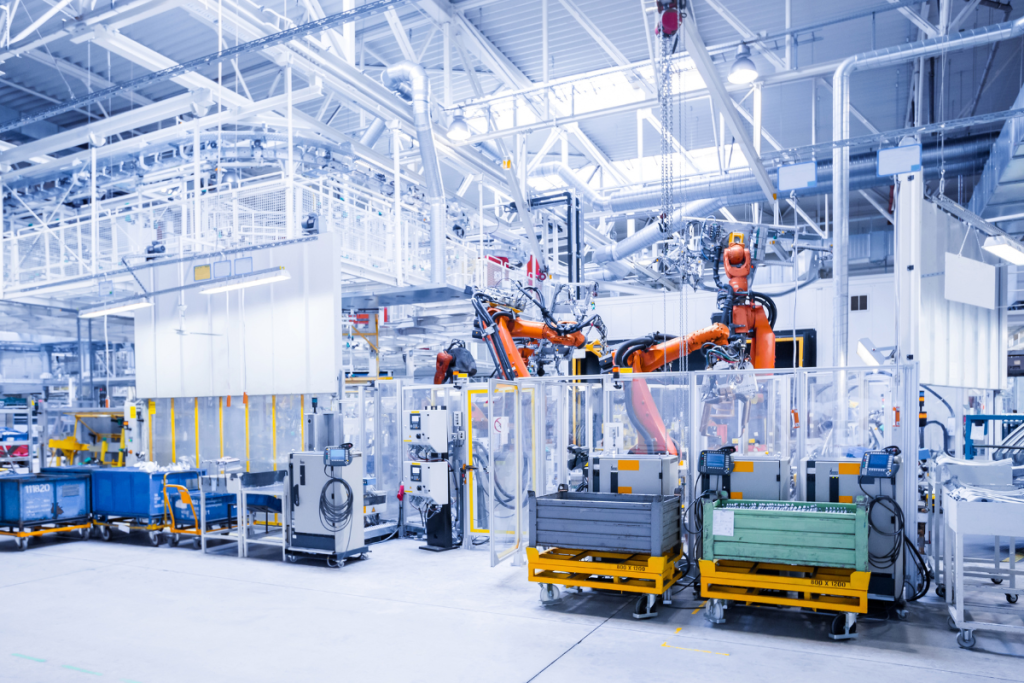As artificial intelligence reshapes infrastructure demands, hardware fulfillment is entering a new phase. Jabil, a global manufacturing and supply chain solutions provider, is now at the center of that shift. The company is building a new U.S. facility to support surging demand for hyperscale data center components, not with speculative inventory, but with engineered precision across racks, cooling systems, and power modules.
Rack-Level Readiness, System-Level Orchestration
Jabil’s rapid growth in AI infrastructure is driven by its integrated server rack capabilities. These racks are not commodity metal frames; they are complex, high-density assemblies that incorporate liquid cooling, power distribution, photonics, and custom silicon enclosures. Their assembly requires not just manufacturing capacity, but tight coordination between design, engineering, and logistics.
To support this, Jabil is fusing production with fulfillment. The company co-designs rack systems with hyperscalers and then builds them in-region, aligning factory output with staggered delivery windows that match installation readiness at data center sites. The racks are shipped as near-complete systems, reducing integration time and minimizing storage friction on the receiving end. From a logistics perspective, this means packaging, staging, and freight are managed as extensions of engineering intent, not afterthoughts.
This model is fundamentally different from traditional IT hardware flows. Instead of discrete parts moving through layered supply networks, the hyperscaler model demands synchronized final assembly and delivery. Every rack must arrive aligned to a power map, cooling footprint, and compute configuration already scoped by the end user. In this environment, logistics is no longer a service function, it is a core enabler of infrastructure uptime.
Rewriting the Role of Logistics in AI Infrastructure
What Jabil is executing reflects a broader pivot in how logistics must operate for AI-era infrastructure. The goal is not throughput, but launch certainty. Traditional metrics like unit velocity or inventory turns take a back seat to configuration accuracy, deployment timing, and in-transit integrity.
This demands a different mindset from logistics leaders. Fulfillment planning now starts upstream in the product design phase and extends into delivery sequencing matched to facility buildouts. Transportation is no longer simply about routing, it’s about risk-managed orchestration, ensuring that high-value, high-complexity assets arrive not just on time, but in the right state for immediate deployment.
Jabil’s approach offers a strategic blueprint. The company uses co-located engineering and manufacturing teams to drive yield and configuration fidelity, while its logistics systems are tuned for high-frequency coordination with data center operators. That includes synchronized site scheduling, advance payload mapping, and real-time escalation paths.
For logistics teams supporting industrial and technology customers, this represents a new standard. Fulfillment is no longer a cost center to be minimized. It is a continuity function—one that bridges the final gap between capital investment and compute activation.
AI Fulfillment Begins With Design Control
As generative AI drives hyperscale growth, the winners will not be those who simply move faster. They will be the ones who align logistics with the build logic of the infrastructure itself. Jabil is showing how that alignment works: from co-design to staging, from factory readiness to in-rack delivery.
The question is not whether your network can deliver. The question is whether it can deliver with engineering fidelity, build-to-install timing, and zero-defect confidence. That’s the new benchmark.



